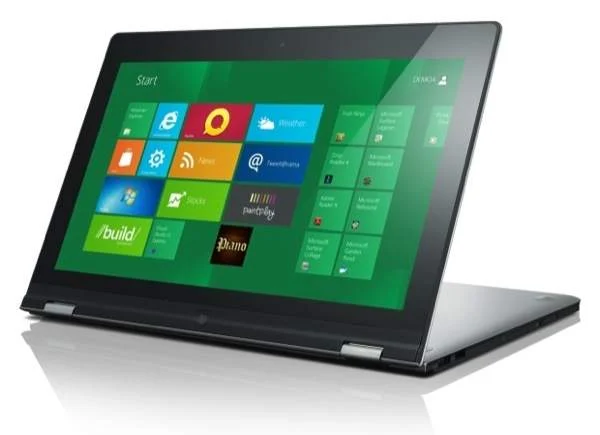The well-oiled Intel PR machine is kicking into high gear as Santa Clara attempts to tout its Ultrabook concept in an already saturated market.
According to J.P. Morgan analyst Mike Moskowitz, Windows-based Ultrabooks won’t become “meaningful enough” to drive significant growth in the notebook PC market until at least 2013.

Nevertheless, Intel has little choice but to push its Ultrabook concept forward, as it prepares for an onslaught of uber-thin ARM-powered laptops running Windows 8 – which are likely to hit store shelves by the end of 2012.
Of course, Santa Clara also has to contend with Apple’s wildly popular iPad and the notion that the mobile industry has entered a post-PC era in which old-school devices like Ultrabooks are in fast decline.
So why should you consider buying an Intel-powered Ultrabook instead of an iPad paired with an external keyboard? Well, according to Intel reps Anand Kajshmanan and Alison Wesley, the Ultrabook offers an “extremely unique” value proposition.
“Every time we’ve done market research, consumers have told us, ‘we love touch, but don’t touch our keyboards.’ Even for email, people prefer keyboards. There’s no tactile feedback on touchscreens,” the two told PC World during a recent interview.
“The fact that you have content creation on Ultrabooks is a huge differentiator. Plus, with all the unique form factors, as we said, to be able to use the Ultrabook as a tablet when you want to is an extremely unique value proposition.”
The duo also noted that Ultrabooks were at the forefront of promoting the concept of touch in a clamshell form factor.
“We believe it’s going to take off in 2012 or at least 2013, especially with Windows 8. It really feels like now is the right time, now that the hardware and software are working really well together. We’re strongly encouraging our partners to incorporate touch on the Ultrabooks,” said Wesley and Kajshmanan.
“We expect several touchscreen laptops in convertible form factors, like the Lenovo Yoga, to show up later this year, as well as screens that swivel around and slide over the keyboard.”
Santa Clara obviously has more planned for its Ultrabook future than just standard touch. For example, Intel says it will be demonstrating “other modes of interaction” (perhaps emulating Kinect?) for mobile form factors throughout 2012 and 2013.
“And as we get better and better processing power, and as our next generations of CPUs show up, we’ll be able to integrate other capabilities and hardware technologies such as sensors or accelerometers into the Ultrabook,” the duo explained.
“So, for example, if you want to find a café automatically or do some gaming, you’ll be able to take advantage of those built-in technologies. We’re really excited about these things, and we don’t see a reason why you can’t have them on an Ultrabook.”
Despite Intel’s frenetic Ultrabook push, analysts such as Mike Moskowitz remain somewhat unimpressed with the rather familiar form factor, at least in terms of first-gen Windows 7 devices.
“We believe Intel is trying to breathe new life into the PC industry by adopting a page from Apple’s playbook: push a feature-rich, easy-to-use mobile product family that competes on more than just price,” he opined in a recent industry note.
“[Yet], we do not believe Ultrabooks can jumpstart the growth trajectory of the notebook PC market in 2012. [Yes], the MacBook Air form factor has been a success for Apple, but [we remain] skeptical similar success can be replicated by Windows-based Ultrabooks in the first generation.”
Moskowitz added that the 2012 Ultrabook scenario was reminiscent of the 2011 tablet push, namely “a lot of sell-in from Apple look-alikes but with little sell through” – as the new Ultrabooks are just “noise” and unlikely to affect the MacBook Air’s “accelerating growth dynamics.”
Although the Ultrabook jury is still out on 2013 and beyond, it is clear that our mobile future will be all about slimmer form factors, longer battery life and increased processing power.






